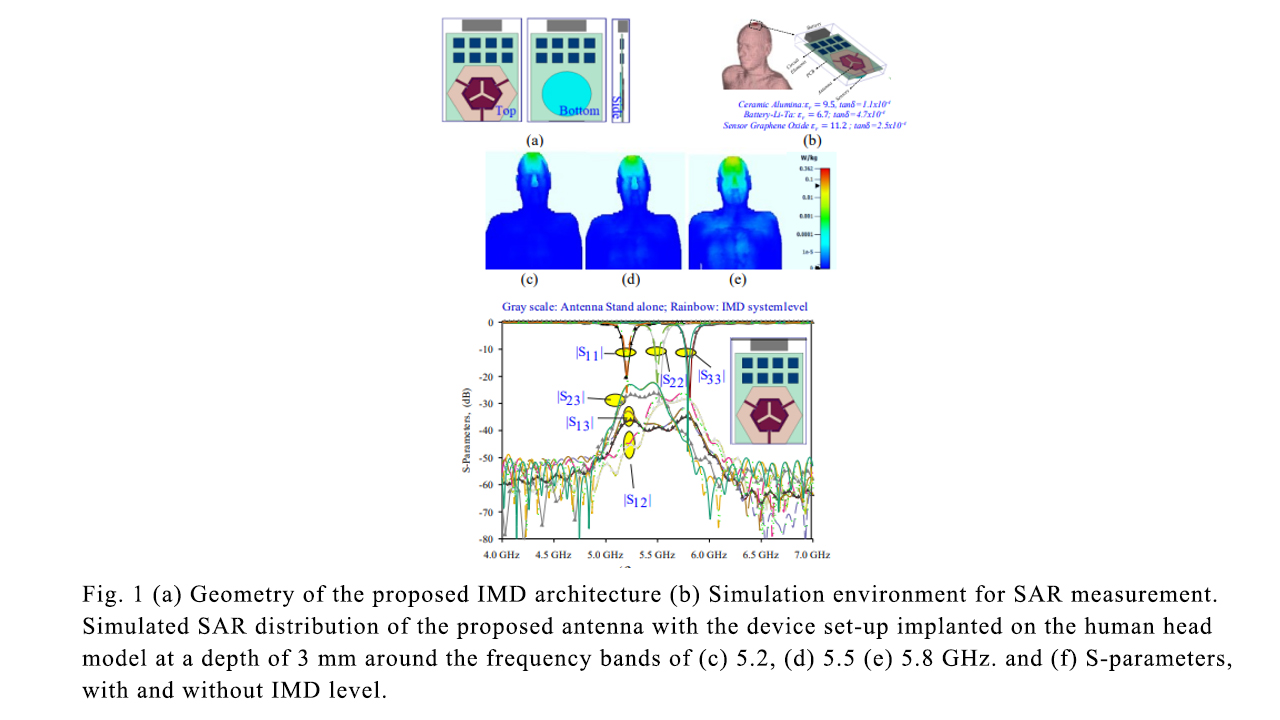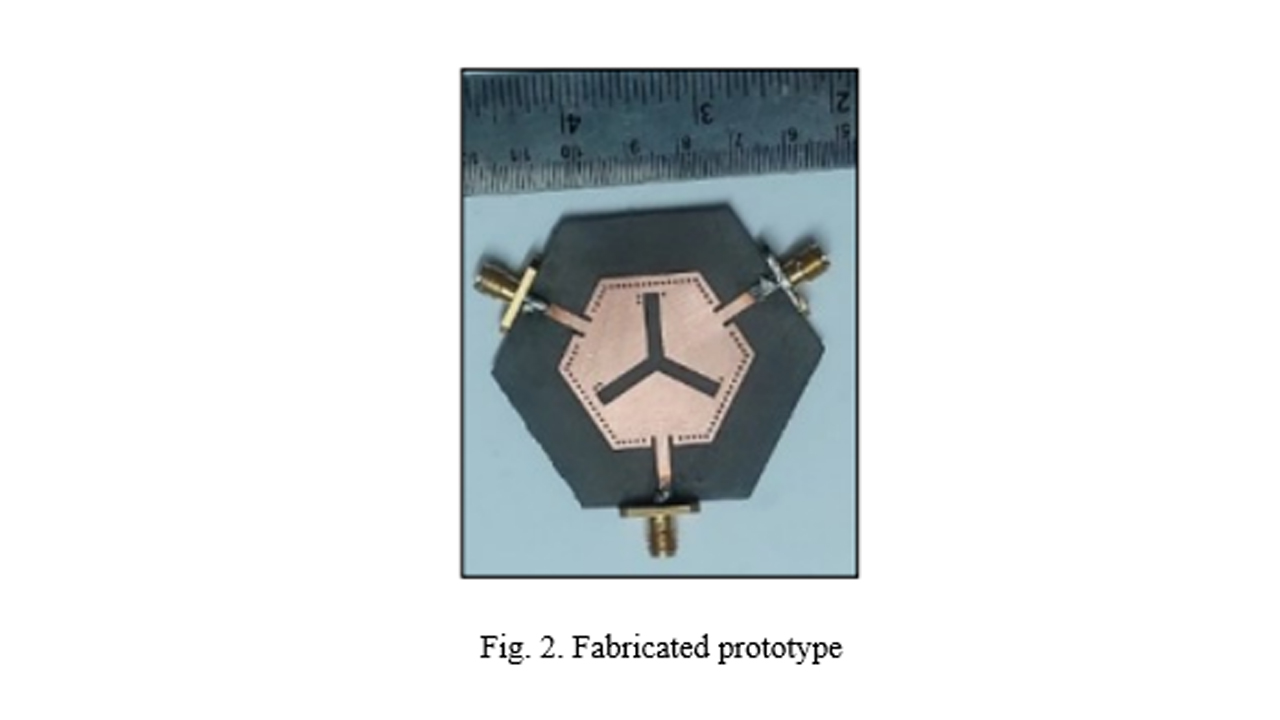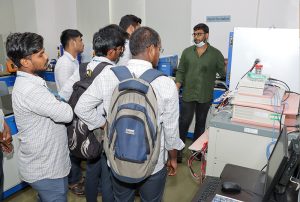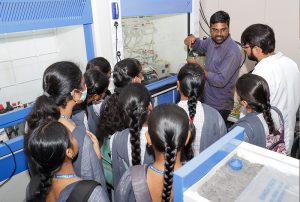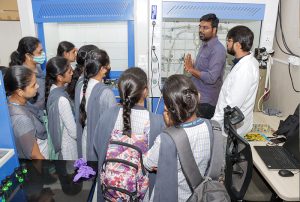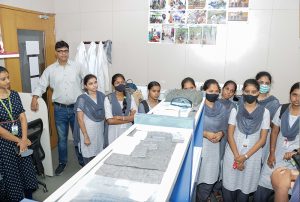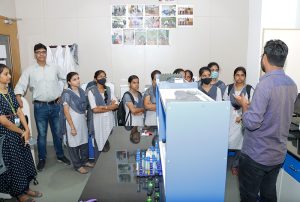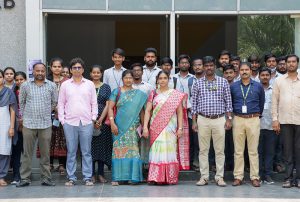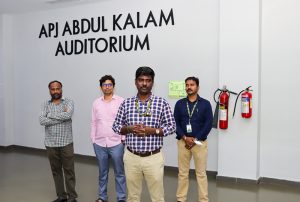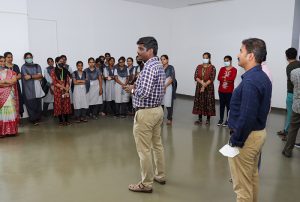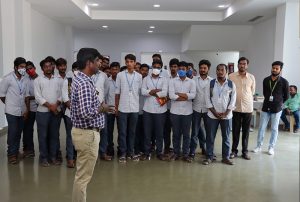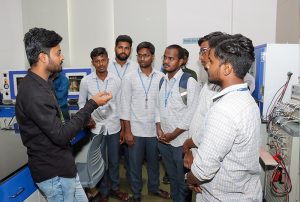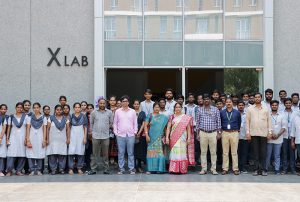SRM-AP All News
ALL News
- Cubing club arranges mosaic of Gautama Buddha using 1500 cubes! May 17, 2022

The brilliant minds at the SRM AP cubing club have proved themselves again. On the occasion of Buddha Purnima, a group of students from the Cubing Club came together to arrange a mosaic of Gautama Buddha using 1500 cubes! A project of this magnitude usually takes a couple of weeks to be completed, but our students were able to complete the design within five days.
The smart brains behind this artistic endeavour:
Tarun Vaka
Jyothi Madem
Kota Vasu Desik
Durga Surya Teja Indigimilli
Sri Sathya Sai Karthik Kongara
Venkata Mohit Simhadri
Divyambica Satya Vasa
Lolugu Charansai VenkatanarayanaThe vibrant colours and the simplicity behind the mosaic portray the Buddha’s teachings and the elementary life he led on earth. Members of cubing club received appreciations from peers, faculty members and university leadership in creating this adroit artistic masterpiece.
Continue reading → - Faculty Development Programme on Implementation of Sponsored Projects May 14, 2022
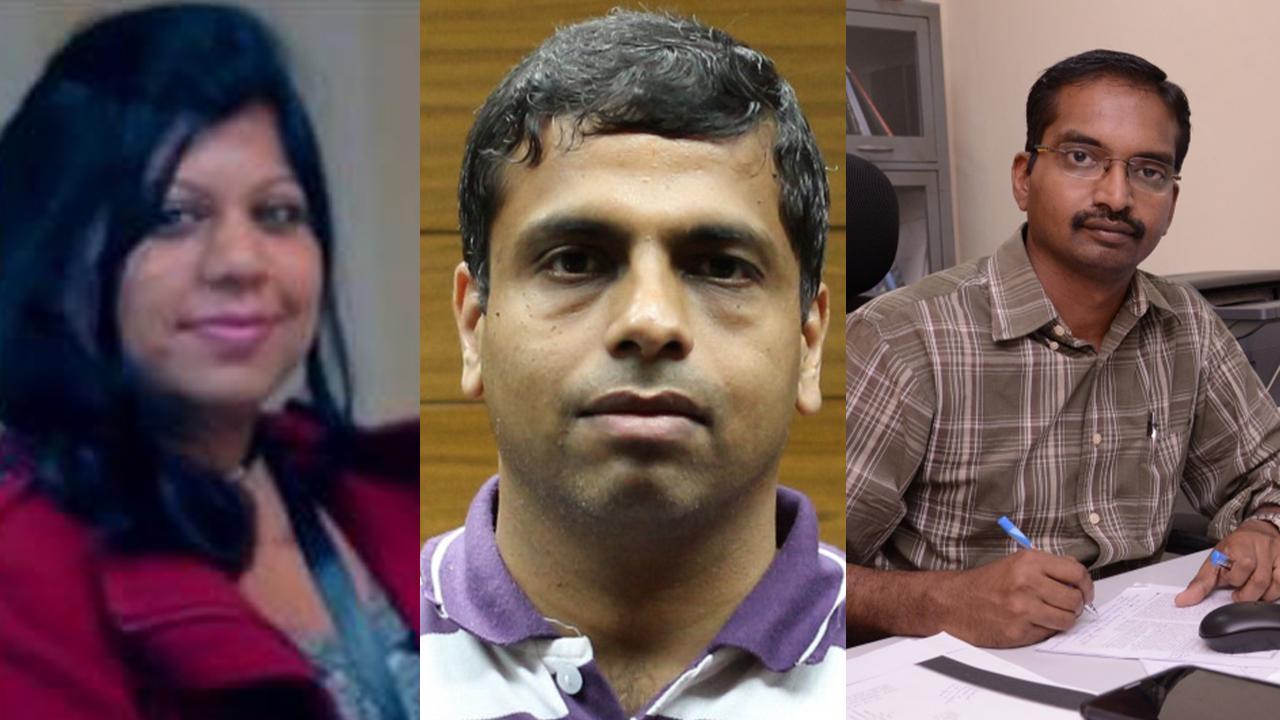
The Department of Physics organised a Faculty Development Programme discussing the scopes of implementing sponsored projects. Renowned academicians, Prof Sathish Vadhiyar, IISc Bangalore; Prof Kothandaraman Ramanujam, IIT Madras; and Prof Paromita Chakraborty, SRMIST were the keynote speakers of the session. They shared their views and enlightened the faculty on the scopes and challenges in implementing projects proposed across various disciplines.
Prof V S Rao, Vice-Chancellor SRM-AP, welcomed the gathering. He appreciated the department’s effort in organising programmes on such impactful topics. Reminding the community of the inevitability of emphasising research, he congratulated all the faculty for their influential publications, sponsored projects, patent publications, etc. Prof D Narayana Rao, Pro-Vice-Chancellor, also addressed the gathering and reiterated the need to conduct such crucial discussions among administrators and policymakers. He further highlighted the importance of reorienting the vision of every Indian university by giving a special focus on research and development.
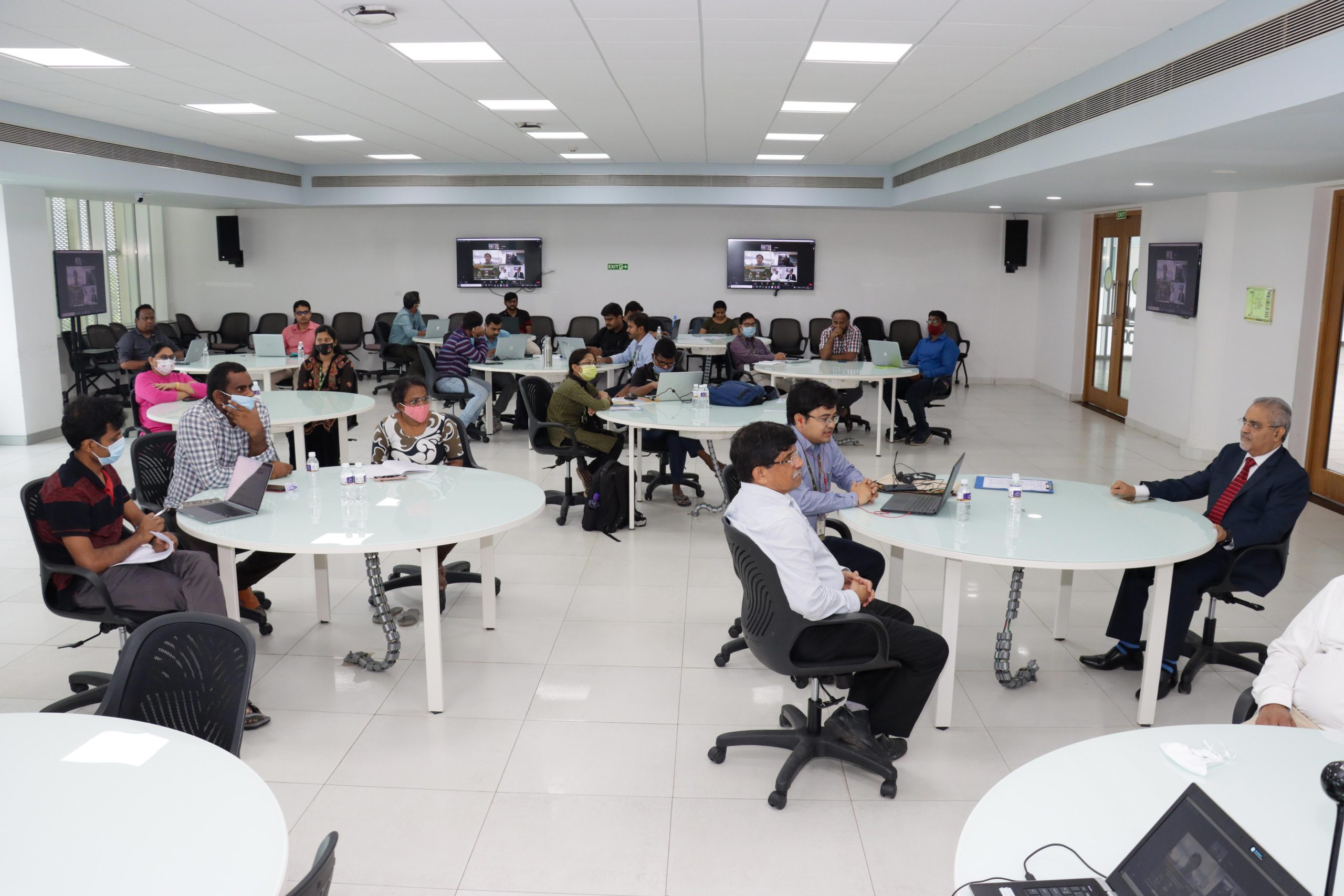
Prof Sathish Vadhiyar commenced the discussion by providing a brief overview of the National Super Computing Mission (NSM). It is one of the principal ventures funded by DST and MeItY to advance the overall high-performance computing ecosystem. He deliberated on the R&D projects involved in NSM, its objectives, proposal areas, budget, research allocations etc. Prof Ramanujam presided over and shared his experience in collaborating with industries to market the research product. He gave a detailed analysis of the functioning of consultation companies, types of consultancies, stages involved in such projects, and the different ways to attract funding. Prof Paromita Chakraborty was the last speaker of the day. She offered an elaborate outline for designing and developing a project proposal and concluded by imparting a few insights from her successful projects.
Continue reading → - Inventing an alternate universe of sign language May 13, 2022
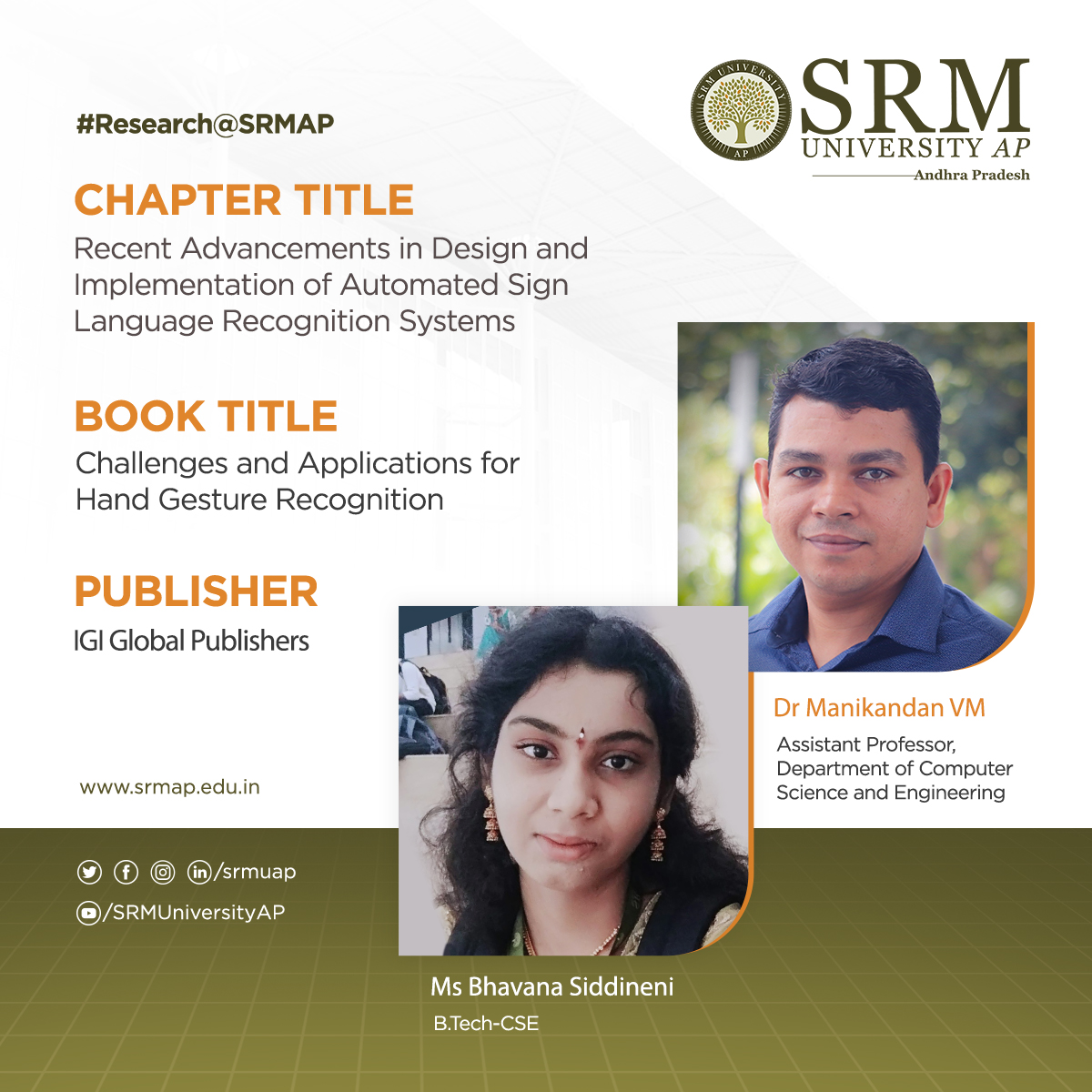 Deaf and mute people have used sign language to communicate their thoughts and feelings for a long time. Since there is no universal sign language, the needy people use country-specific sign languages. An automated sign language recognition system is a universal solution to this impediment. Dr Manikandan V M, Assistant Professor, Department of Computer Science Engineering, and his student, Ms Bhavana Siddineni, have been working in this regard to ease the communication technology. They have published a chapter in the book, ‘Challenges and Applications for Hand Gesture Recognition’. The book is published by IGI Global Publishers, a leading international academic publisher. The chapter is titled “Recent Advancements in Design and Implementation of Automated Sign Language Recognition Systems”.
Deaf and mute people have used sign language to communicate their thoughts and feelings for a long time. Since there is no universal sign language, the needy people use country-specific sign languages. An automated sign language recognition system is a universal solution to this impediment. Dr Manikandan V M, Assistant Professor, Department of Computer Science Engineering, and his student, Ms Bhavana Siddineni, have been working in this regard to ease the communication technology. They have published a chapter in the book, ‘Challenges and Applications for Hand Gesture Recognition’. The book is published by IGI Global Publishers, a leading international academic publisher. The chapter is titled “Recent Advancements in Design and Implementation of Automated Sign Language Recognition Systems”.Sign language systems in practice are invariably specific to a territory. For example, American Sign Language (ASL) is popularly used by Americans, and Indian Sign Language (ISL) is commonly practised in India. Communication between two people who know the specific sign language is relatively easy. But, if a mute person wants to communicate with another person who is not familiar with sign language, it is a difficult task, and a sign language interpreter is required to translate the signs. This issue motivated the computer scientist to work on automated sign language recognition systems capable of recognizing the signs from specific sign languages and converting them into text information or audio so that the common people can understand them easily.
Through the proposal put forward in the publication, our researchers are planning to design and implement a reliable Automated Sign Language Recognition system in the future. This book chapter will be a useful reference for students who wish to start their research work in the domain of Automated Sign Language Recognition.
Continue reading → - Guest Associate Editor in ‘Frontier in Control Engineering’ journal May 13, 2022
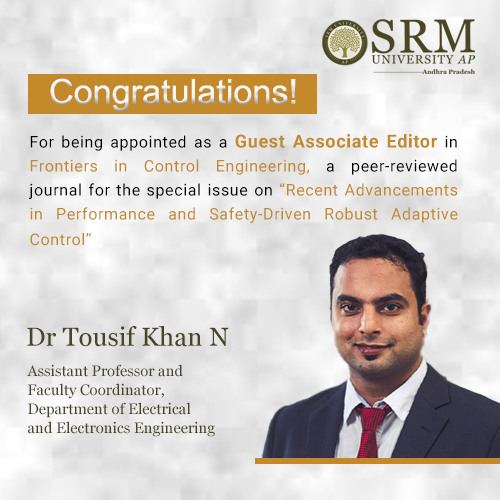 The Department of Electrical and Electronics Engineering is Proud to inform you that Dr Tousif Khan N, Assistant Professor, and Faculty Coordinator, has been appointed as a Guest Associate Editor in Frontiers in Control Engineering, a peer-reviewed journal for the special issue on “Recent Advancements in Performance and Safety-Driven Robust Adaptive Control.”
The Department of Electrical and Electronics Engineering is Proud to inform you that Dr Tousif Khan N, Assistant Professor, and Faculty Coordinator, has been appointed as a Guest Associate Editor in Frontiers in Control Engineering, a peer-reviewed journal for the special issue on “Recent Advancements in Performance and Safety-Driven Robust Adaptive Control.”This Research Topic is intended to give an insight into the latest development regarding the control design and analysis for the nonlinear systems under multiple uncertainties, matched and unmatched disturbances, measurement noises, actuator/sensor faults, and non-smooth nonlinearities. To render a promising control performance under resource-constrained communication networks, state constraints, control constraints, and other related issues are additional design objectives and the focus of this Research Topic.
In conclusion, developing an effective onboard implementable control approach for dynamical systems where safety, performance, uncertainty, and optimality are dealt with concurrently is the main objective of this special issue of the research journal Frontiers in Control Engineering.
Continue reading → - One-stop solution to green urea synthesis May 12, 2022

Prof Ranjit Thapa and his PhD scholar, Mr Samadhan Kapse from the Department of Physics have reported their euphoric achievement of discovering an economically viable electrocatalyst for effective green urea synthesis. The paper “Selective Electrocatalytic Co-reduction of N2 and CO2 on Copper Phthalocyanine for Green Urea Production” has been published in the highly prestigious Nature indexed journal, ‘Advanced Functional Materials’, having an Impact Factor of 18.81. It was published in collaboration with Jit Mukherjee, and Uttam Kumar Ghorai, from the Department of Industrial Chemistry & Applied Chemistry, Swami Vivekananda Research Centre.
With global annual production of 100 million tons, urea is one of the important nitrogen sources for the fertilizer industry. Industrial urea is synthesized by the following two consecutive steps. First, the reaction of nitrogen and hydrogen (N2 + H2 → NH3) by the Haber-Bosch process at high temperature and pressure (350–550°C, 150–350 bar); followed by the reaction of NH3 and CO2 [NH3 + CO2 → CO(NH2)2] under mild reaction conditions (170–200°C and 200–250 bar). The sequential reactions are carried out for several cycles to increase the conversion efficiency. For the first step, fixation of N2 is an energy as well as a capital intensive process due to difficulty in cleaving the N≡N bond. Extensive research works have been reported on electrochemical N2 fixation to NH3 in water medium under ambient conditions. In this electrochemical method, isolation of NH3 gas with high purity from electrolyte solution is troublesome. In the second step, CO2 fixation on the substrate and its separation is one of the major challenging tasks for the further reaction with NH3 to end up in urea formation. Overall, the two-step process for large scale production of urea consumes high energy and produces greenhouse gases for the environment.
The research team reported copper-phthalocyanine nanotubes (CuPc NTs) having multiple active sites as an efficient electrocatalyst which exhibits a tremendous yield of urea with good durability and long-term stability. DFT calculation predicts that Pyridinic–N1 in CuPc is responsible for N2 reduction and the metal centre plays an important role for CO2 reduction. This study not only provides us with the co-reduction of N2 and CO2 gases using cost-effective CuPc NTs catalyst but also opens a new pathway to the rational design of other transitional metal-based electrocatalysts having multiple active sites for N2 and CO2 gas fixation applications.
This electrochemical method of urea synthesis by the co-reduction of N2 and CO2 [N2 + CO2 + 6H+ + 6e– → CO(NH2)2 + H2O] using an efficient electrocatalyst in a water medium under ambient conditions would be an alternative way in the upcoming days. All the strategies using alloys and heterostructure for urea synthesis forming C–N bond by the co–reduction of N2 and CO2 have not reached the benchmark in terms of urea yield rate and FE for practical applications. To achieve a high urea yield and FE, various factors are to be considered in this work.
Abstract of the Research
Green synthesis of urea under ambient conditions by electrochemical co-reduction of N2 and CO2 gases using effective electrocatalyst essentially pushes the conventional two steps (N2 + H2 = NH3 & NH3 + CO2 = CO (NH2)2) industrial process at high temperature and high pressure, to the brink. The single-step electrochemical green urea synthesis process has hit a roadblock due to the lack of an efficient and economically viable electrocatalyst with multiple active sites for dual reduction of N2 and CO2 gas molecules to urea. Herein, the research reports copper-phthalocyanine nanotubes (CuPc NTs) having multiple active sites (such as metal centre, Pyrrolic-N3, Pyrrolic-N2, and Pyridinic-N1) as an efficient electrocatalyst which exhibits urea yield of 143.47 µg h-1 mg-1cat and FE of 12.99% at –0.6 V vs RHE by co-reduction of N2 and CO2. Theoretical calculation suggests that Pyridinic-N1 and Cu centres are responsible to form C–N bonds for urea by co-reduction of N2 to NN* and CO2 to *CO respectively. This study provides new mechanistic insight into the successful electro-reduction of dual gases (N2 and CO2) in a single molecule as well as the rational design of an efficient noble metal-free electrocatalyst for the synthesis of green urea.
Continue reading → - In conversation with Prof B S Murty, Director, IIT Hyderabad May 11, 2022
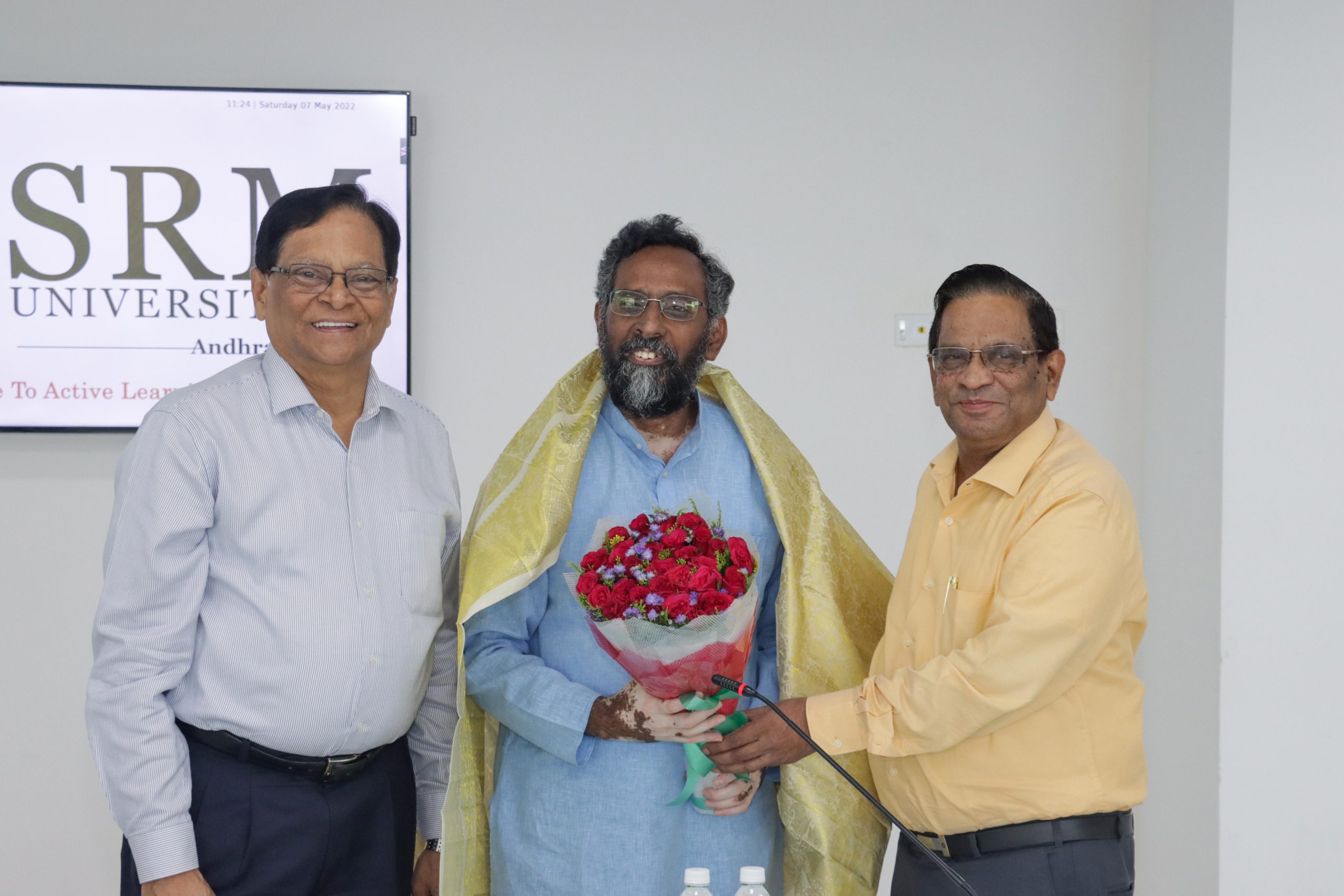
SRM University-AP organised an interactive session with Prof B S Murty, Director, IIT Hyderabad, on May 7, 2022, to enhance the research collaborations and capabilities of the institution. Honourable Vice-Chancellor, Prof V S Rao; Pro Vice-Chancellor, Prof D Narayana Rao, all the faculty members, and research scholars took part in the conference.
The meeting deliberated on the need to develop platforms for effective research collaborations across multiple disciplines to maintain successful research careers. It accentuated on the necessity of bringing together inter-disciplinary resources, culture, talent, and scientific knowledge to enhance the depth and breadth of research capabilities. Building intensive research networks and making relevant contributions towards the inclusive development of the society were the major focus points of the discussion.
Prof V S Rao welcomed the gathering and introduced the guest of the day, Prof B S Murty. He reminisced over the long association with Prof Murty, the much renowned Indian metallurgist who has been recognised with the highest science award in the country.
Prof B S Murty put forward the need for bringing multidisciplinarity into the engineering course framework. According to him, the cross-pollination of ideas across the disciplines of technology, medicine, and environmental management is the ideal way to encourage inclusive development in society. He mentioned a few such pioneering programmes such as M.Tech in Medical Device Innovation and E-Waste Management, B.Tech in Computational Engineering and Microelectronics introduced in IIT Hyderabad. He concluded the session by emphasising the vitality of accelerating research across the healthcare sector as well as the need for orienting research in tune with the industrial demands.
Prof D Narayana Rao gave a brief overview of the research culture nurtured in the university. He presented the list of research publications, patent publications and various other accomplishments of the university’s faculty and students. He also gave a brief introduction to the various centres of excellence established at the university. By giving an outlay of the initiatives such as research collaborations with AIIMS Mangalagiri, SVMC Tirupati, and multiple other programmes like the University Distinguished Lecture Series, he shed light on the steps taken by the institution to promote research and development activities across the region. Prof Narayana Rao solicited collaboration with IIT Hyderabad, particularly in the areas of Artificial Intelligence (AI), additive manufacturing of bio-implants, and battery electrodes for Li-ion batteries.
Continue reading → - Inspiring the world with quality research facilities May 7, 2022
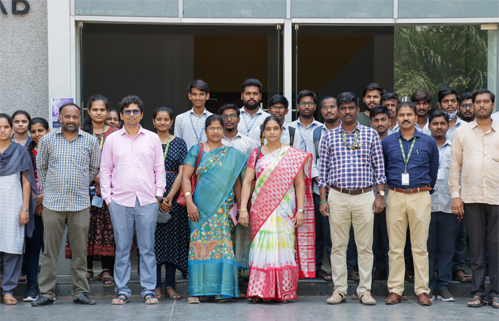 SRM AP is known for its resources and facilities for pioneering research with the support of global leaders and SME’s while sticking to compliance and international regulations. Obtaining research excellence in every field of study has been a mission of the university. Recently, 50 MSc students from the Department of Chemistry, KBN College, Vijayawada, visited our university to explore the analytical and research facilities available here.
SRM AP is known for its resources and facilities for pioneering research with the support of global leaders and SME’s while sticking to compliance and international regulations. Obtaining research excellence in every field of study has been a mission of the university. Recently, 50 MSc students from the Department of Chemistry, KBN College, Vijayawada, visited our university to explore the analytical and research facilities available here. The research areas handled by the Department of Chemistry of SRM AP include the disciplines of chemical sciences, ranging from organic, inorganic, and physical, to theoretical or computational chemistry. The department’s highly disciplinary and collaborative environment is indeed inspiring, and it continues to grab attention. The strong interactions of the university with other premier institutions across India and around the world refine the quality of analytical and research facilities available here. The students from KBN college eagerly interacted with the faculty members and research scholars. Dr Mahesh Kumar Ravva and Dr Rajapandiyan, Faculty members, coordinated the visit.
Continue reading → - The network of mindfulness, leadership, and performing arts May 6, 2022
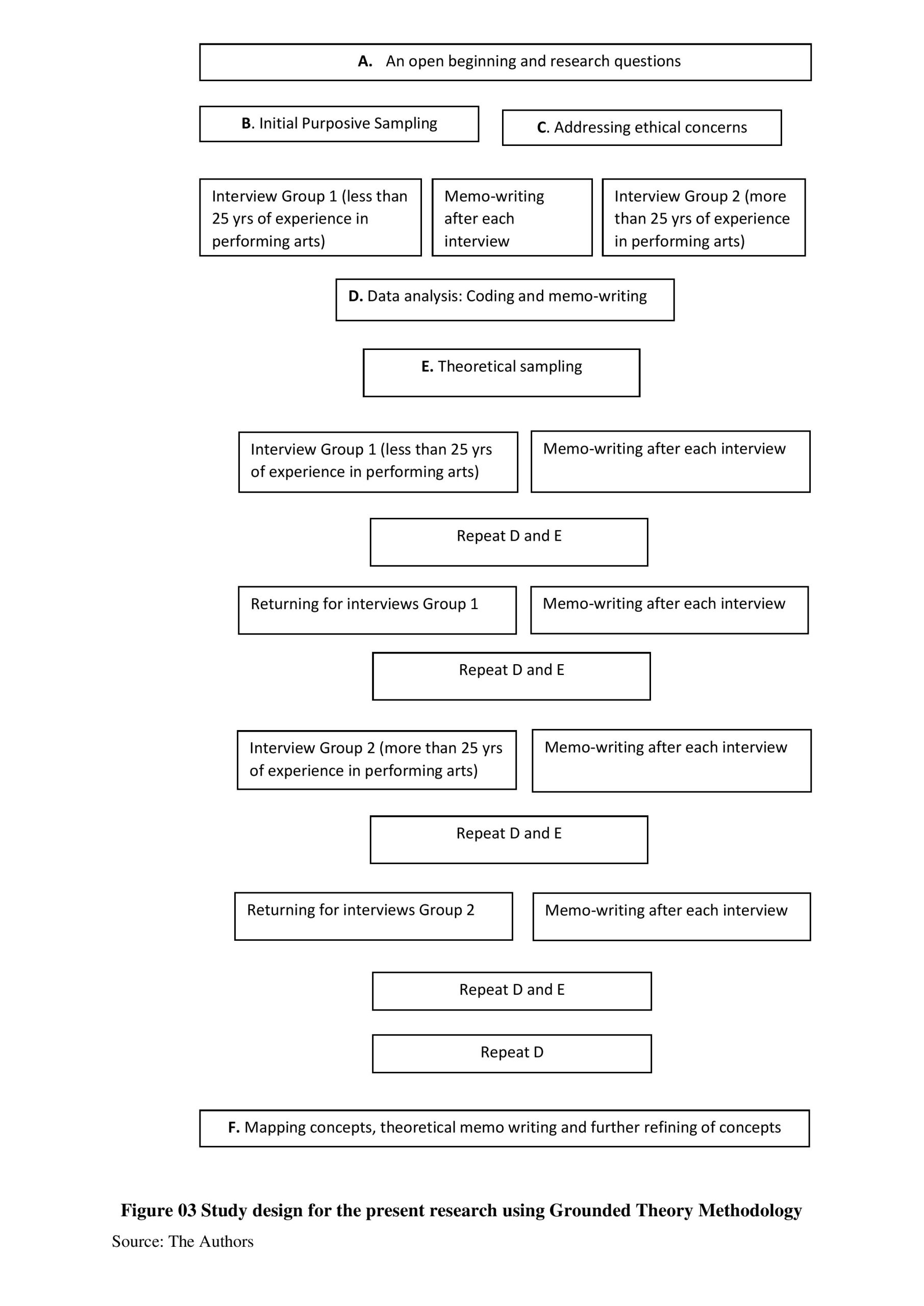 Mindfulness, leadership, and performing arts have deep interconnections that, if approached theoretically, can give productive outcomes to implement in workplaces and potential employees. The School of Entrepreneurship and Management Studies is delighted to inform you that the paper titled ‘Exploring mindfulness and leadership development: Lessons learned using grounded theory through the study of the performing arts’ by Dr Vimal Babu, Associate Professor, got published in the journal FIIB Business Review published by SAGE publication.
Mindfulness, leadership, and performing arts have deep interconnections that, if approached theoretically, can give productive outcomes to implement in workplaces and potential employees. The School of Entrepreneurship and Management Studies is delighted to inform you that the paper titled ‘Exploring mindfulness and leadership development: Lessons learned using grounded theory through the study of the performing arts’ by Dr Vimal Babu, Associate Professor, got published in the journal FIIB Business Review published by SAGE publication.Abstract of the research
The research looks at mindfulness mechanisms and leadership characteristics as they are expressed in performing art forms. This qualitative study examines major categories to create a theoretical framework for mindful leadership development using performing arts. The present study employs the research paradigm of interpretivism to investigate respondents’ experiences and unique phenomena. The Grounded theory (GT) methodology helps explore grounded data and the development of theories. The abstract core category ‘Immense Concentration and Self-Control’ captures the abstract and inclusive meaning as understood by the sample respondents. The qualitative coding analysis aided in the investigation of the data-driven abstract phenomena. According to the findings of this study, all performing artists require a higher level of attention and self-control to demonstrate fascinating performances like Koodiyattam. A higher level of attention and self-control can be ensured based on increased mindfulness, identified leadership attributes, motivation components, values and beliefs, and personality dispositions of the performing artists. In-depth theoretical reflections on the relationships between the relevant categories are presented. The relationships between the five major categories of mindfulness processes, leadership abilities, motivation components, values and beliefs, and personality dispositions are very significant.
Explanation of the research
In simple terms, the present research explores the dynamics of mindfulness, leadership, and other potential variables enabling mindful leadership through performing arts, helping the practicing managers learn the innovative approaches to inculcate mindful leadership in employees in the workplace. To attain the research purpose, researchers studied the Koodiyattam performing arts as an instrument of mindfulness and leadership based on in-depth interviews of Koodiyattam performing artists. Since the present work explores deeper meanings and experiences to unearth unique and insightful phenomena, the Grounded Theory was appropriately employed as a methodology.
Practical implementation of the research
Managers and executives can derive valuable insights based on the present study. They would be able to understand the interconnections of mindfulness, leadership, and performing arts. It would offer them a better grounding to argue and introduce arts-based initiatives at their workplaces to enhance mindful leadership amongst potential employees aiming for well-being and career development in the organization. Several organizations have been experimenting with arts and its impact on business. However, the studies are in the nascent stage. Hence, more like-minded researchers need to join hands for diverse, global, and intercultural studies, focusing on different variables, including arts. The findings of the present research exhibit firm conviction in enlightening the industry practitioners to consider performing arts based mindful leadership training to enhance mindfulness and leadership attributes of the employees, in turn, making them productive and engaged workforce in the long run.
For this research, Dr Vimal babu has collaborated with Dr Amresh Kumar, IIM, Bodh Gaya, India, and Vipin Kumar, PMP, BT India, Gurgaon, India. His future research plans are to work in strategic leadership, negotiation, and conflict management using innovative qualitative research methods. Entrepreneurship education and circular entrepreneurship are also an area of much interest.
Continue reading → - SRM AP Team Meets ARCI: Mutual Discussions on Research Projects May 6, 2022
Continue reading →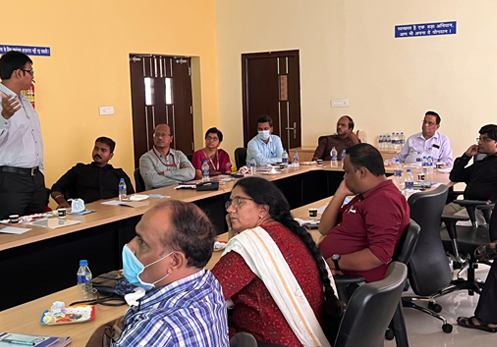 The SRM University-AP team met Dr. Tata Narasinga Rao, Director, International Advanced Research Centre for Powder Metallurgy and New Materials (ARCI, Hyderabad) on 7 April 2022, Thursday. ARCI is an internationally acknowledged autonomous body under the Department of Science and Technology (DST), Government of India. Ten professors, led by SRM University Pro-Vice-Chancellor, Prof. D Narayana Rao, went to Hyderabad to meet the ARCI Director. Projects related to key advanced materials in the field of scientific research were discussed during the meeting. Discussions were held on research projects related to additive (3D) manufacturing, solar energy materials, automotive energy and nanomaterials. The SRM AP Professors; Prof. D Narayana Rao, Prof. G S Vinod Kumar and Prof. Ranjit Thapa explained the key points of the research to the ARCI Director. During the event, an understanding was reached on issues such as research partnership between the two organisations and the design of research facilities. Director Dr. Tata Narasinga Rao assured that ARCI would extend full cooperation in areas such as research assistance in the selected fields and provide other facilities. Prof. Narayana Rao affirmed that ARCI has agreed to provide necessary funds for the development of solid electrolytes used to manufacture Lithium Ion batteries.
The SRM University-AP team met Dr. Tata Narasinga Rao, Director, International Advanced Research Centre for Powder Metallurgy and New Materials (ARCI, Hyderabad) on 7 April 2022, Thursday. ARCI is an internationally acknowledged autonomous body under the Department of Science and Technology (DST), Government of India. Ten professors, led by SRM University Pro-Vice-Chancellor, Prof. D Narayana Rao, went to Hyderabad to meet the ARCI Director. Projects related to key advanced materials in the field of scientific research were discussed during the meeting. Discussions were held on research projects related to additive (3D) manufacturing, solar energy materials, automotive energy and nanomaterials. The SRM AP Professors; Prof. D Narayana Rao, Prof. G S Vinod Kumar and Prof. Ranjit Thapa explained the key points of the research to the ARCI Director. During the event, an understanding was reached on issues such as research partnership between the two organisations and the design of research facilities. Director Dr. Tata Narasinga Rao assured that ARCI would extend full cooperation in areas such as research assistance in the selected fields and provide other facilities. Prof. Narayana Rao affirmed that ARCI has agreed to provide necessary funds for the development of solid electrolytes used to manufacture Lithium Ion batteries. - Launching antenna-multiplexer for seamless IoMT connectivity May 2, 2022
Dr Divya Chaturvedi, Assistant Professor, Department of Electronics and Communication Engineering, has come up with an exciting proposal for enhanced connectivity and high-speed data transmission across the Internet of Medical Things (IoMT) devices. Her research paper titled “Design of Antenna-Multiplexer for Seamless On-Body Internet of Medical Things (IoMT) Connectivity” has been published in the journal ‘IEEE Transactions on Circuits and Systems II: Express Briefs’, having an impact factor of 3.71. It was published in collaboration with Dr Arvind Kumar from Vellore Institute of Technology and Dr Imaculate Rosaline from Ramaiah Institute of Technology, Bangalore.
The research looks into the design and development of a multi-band self-triplexing antenna for Medical Things (IoMT) applications. The antenna is designed to operate at 5.2, 5.5 and 5.8 GHz and self-isolation is achieved below -23.9 dB. It also offers seamless communication links to other devices operating at the same frequencies. The designed antenna is cost-effective and compact in size, that can easily fit into any implantable medical device. To avoid the harmful effect of radiation, the SAR value should be <1.6 W/kg. The SAR for this antenna is achieved at 0.362 W/kg in a very simple profile. Due to its compact size, the antenna can be easily mounted in a wireless portable device. The self- triplexing property of the device also enables full-duplex communication between different devices in a single antenna. This design suggestively simplifies the density of the RF front-end subsystem and leads to a simple and efficient communication system.
Abstract of the Research
Here, a compact design of antenna-multiplexer is engineered specifically to meet the stringent requirement imposed by intricate subsystems operating at 5.2, 5.5, and 5.8 GHz frequency bands for Internet of Medical Things (IoMT) applications. The proposed design includes a hexagonal-shaped substrate integrated waveguide (HSIW) cavity, tripole-shaped radiating slot, tuning vias, and three inset microstrip feedlines. A tripole-shaped slot is imprinted on the top of the SIW. This slot subdivides the cavity into trio-radiating segments and each segment offers a single frequency band. Further, the frequency bands are tuned at 5.2/5.5/5.8 GHz. The design maintains mutual port isolation better than 23.9 dB. Compared with the conventional tri-frequency antennas, the proposed design is highly compact and doesn’t need any additional circuitry to improve the port isolations. The measured results confirm the expected performance of the design. Furthermore, the proposed antenna is optimized within an implantable medical device (IMD) and simulated inside a realistic Human Head model at a depth of 3 mm and the Specific Absorption Rate (SAR) value is estimated. The SAR values are well below 0.362 W/Kg at the functioning bands due to the unidirectional radiation pattern from the antenna.
Her future research plan includes designing and developing a cost-effective bra-like prototype of Antenna-Array Sensors for breast cancer detection.
